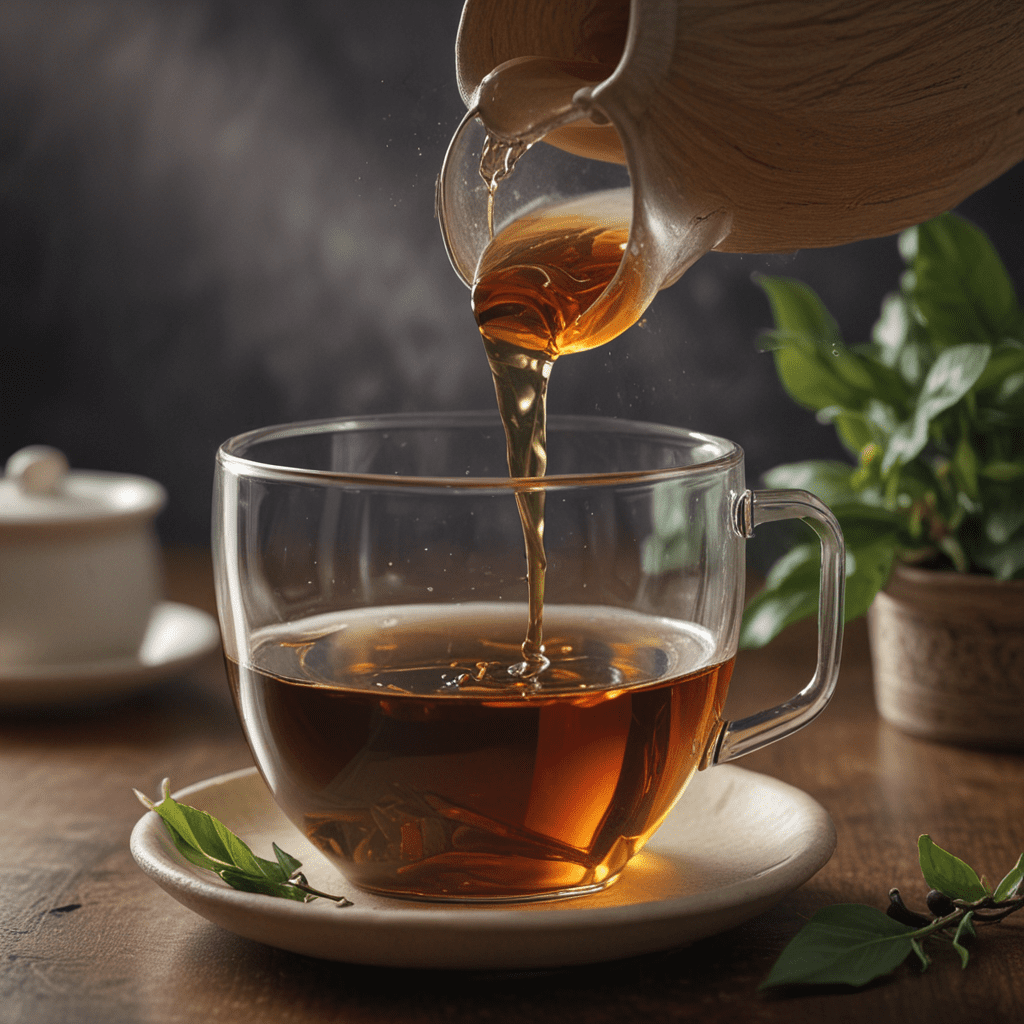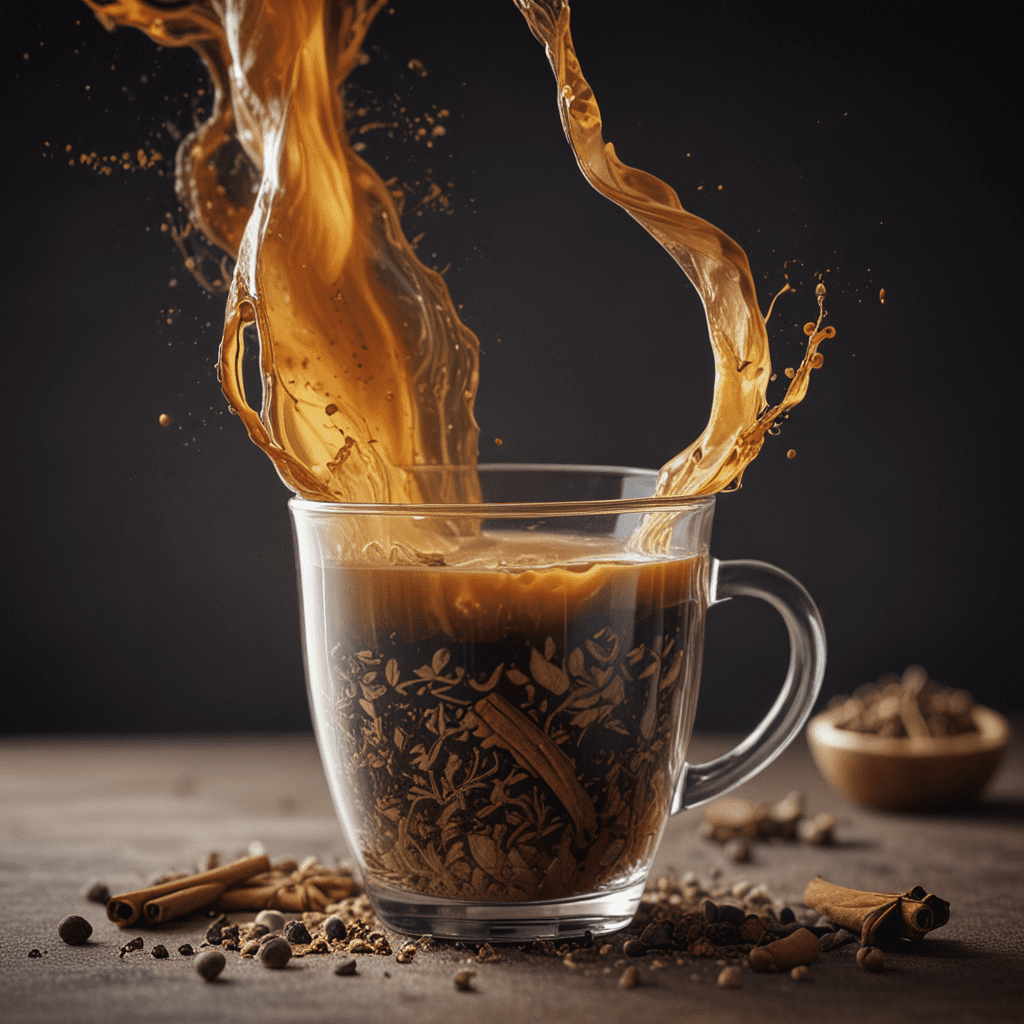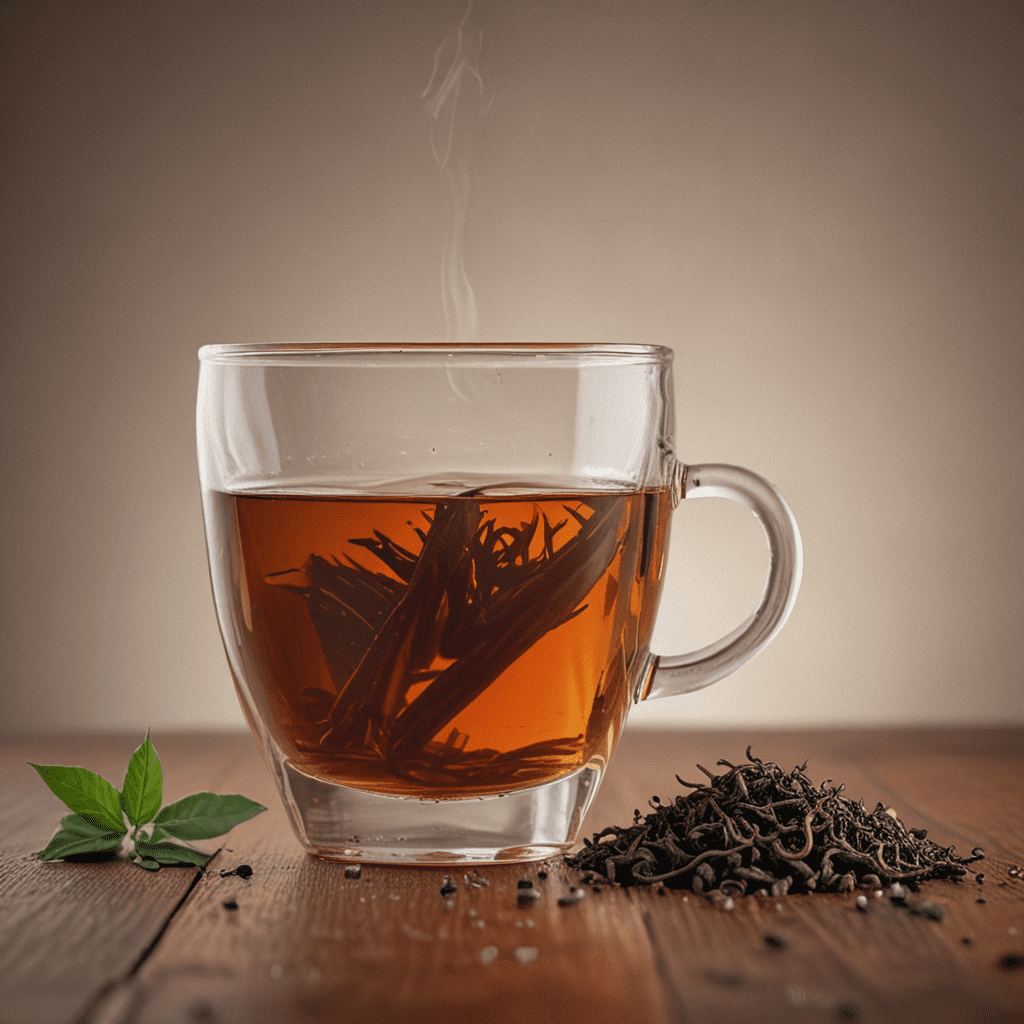The Art of Tea Brewing: Mastering Ceylon Tea Preparation
Introduction: The Enchanting World of Ceylon Tea
Ceylon tea, renowned for its captivating flavors and distinctive characteristics, has captivated tea enthusiasts for centuries. Originating from the verdant hills of Sri Lanka, this exceptional tea holds a special place in the world of tea culture. Its meticulously cultivated leaves, brimming with rich antioxidants, offer a symphony of flavors ranging from delicate florals to bold malts. Embark on a journey to unravel the intricacies of Ceylon tea brewing, transforming your everyday cup into an extraordinary experience.
Step 1: Selecting the Perfect Ceylon Tea
The foundation of a remarkable tea brewing experience lies in choosing the perfect Ceylon tea. Explore the diverse range of varieties, each boasting unique flavors and aromas. From the delicate notes of Nuwara Eliya to the robust character of Dimbula, the choice is yours. Consider personal preferences, the desired intensity, and the occasion to find the tea that aligns perfectly with your taste buds.
Step 2: Understanding Water Quality and Temperature
The purity and temperature of the water play a crucial role in unlocking the full potential of Ceylon tea. Opt for filtered or spring water, free from impurities that can mask the tea's delicate flavors. As for temperature, different types of Ceylon tea require specific brewing temperatures. Boiling water is ideal for black teas, while lower temperatures are preferred for green and white teas.
Step 6: Enjoying the Brew: Presentation and Sensory Experience
The essence of Ceylon tea brewing culminates in the moment of enjoyment. Pour the freshly brewed tea into delicate teacups, savoring the rich amber or vibrant golden hues. As the steam gently rises, inhale the captivating aroma that fills the air, awakening the senses. Take a sip and allow the flavors to dance on your palate, unraveling a symphony of tastes and sensations.
Step 7: Troubleshooting Common Brewing Challenges
Even seasoned tea enthusiasts may encounter occasional brewing challenges. Common concerns include bitterness, weak flavor, or an unbalanced taste. Understanding the causes and implementing simple remedies can transform brewing into a seamless experience. Over-steeping leads to bitterness, while under-steeping results in a weak infusion. Adjusting the steeping time or the amount of tea leaves can remedy these issues. Water temperature also plays a crucial role; incorrect temperatures can result in an unbalanced flavor profile.
Step 8: Advanced Techniques for Enhancing Flavor
Beyond the fundamentals, exploring advanced techniques can elevate the art of Ceylon tea brewing. Experiment with different brewing vessels, such as a teapot, teacup, or French press, each imparting subtle nuances to the flavor. Use a tea strainer or tea filter to prevent tea leaves from overpowering the liquor. For black teas, a double infusion method yields a fuller flavor. Steep the tea leaves twice, adding more hot water to enhance the strength and depth of taste.
Step 9: Conclusion: The Ritual and Refinement of Ceylon Tea Brewing
Ceylon tea brewing is a ritual that embodies patience, precision, and a deep appreciation for the nuances of tea. By meticulously following each step, from selecting the perfect tea to enjoying the sensory experience, one can unlock the transformative power of Ceylon tea. It is an art form that cultivates mindfulness, promotes well-being, and invites a moment of respite amidst the daily rhythm.
Frequently Asked Questions (FAQs):
What is the ideal brewing time for Ceylon tea?
- The optimal brewing time varies depending on the specific type of Ceylon tea and personal preferences. Generally, black teas require 2-4 minutes, green teas 1-3 minutes, and white teas 1-2 minutes.
How can I store Ceylon tea leaves properly?
- Store Ceylon tea leaves in an airtight container in a cool, dry, and dark place away from direct sunlight. This helps preserve their delicate flavors and aromas.
Can I use Ceylon tea bags instead of loose leaves?
While tea bags offer convenience, loose leaves generally provide a superior brewing experience. They allow for greater control over the strength and infusion time, resulting in a more nuanced flavor profile.
What is the best way to clean a teapot?
- To clean a teapot, use hot soapy water and a soft cloth or sponge. Avoid using harsh detergents or abrasive materials, as this can damage the teapot.
How do I dispose of used Ceylon tea leaves?
- Used Ceylon tea leaves can be composted or sprinkled around acid-loving plants in your garden, such as blueberries or rhododendrons, as they add nutrients to the soil.



